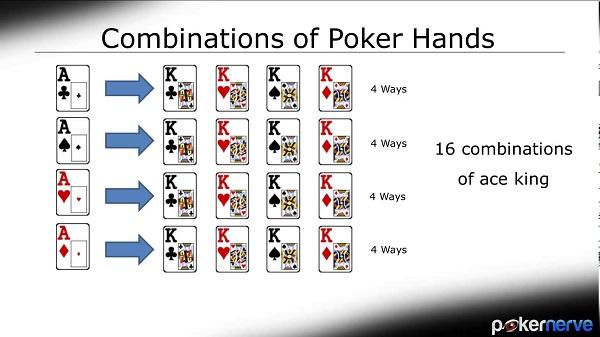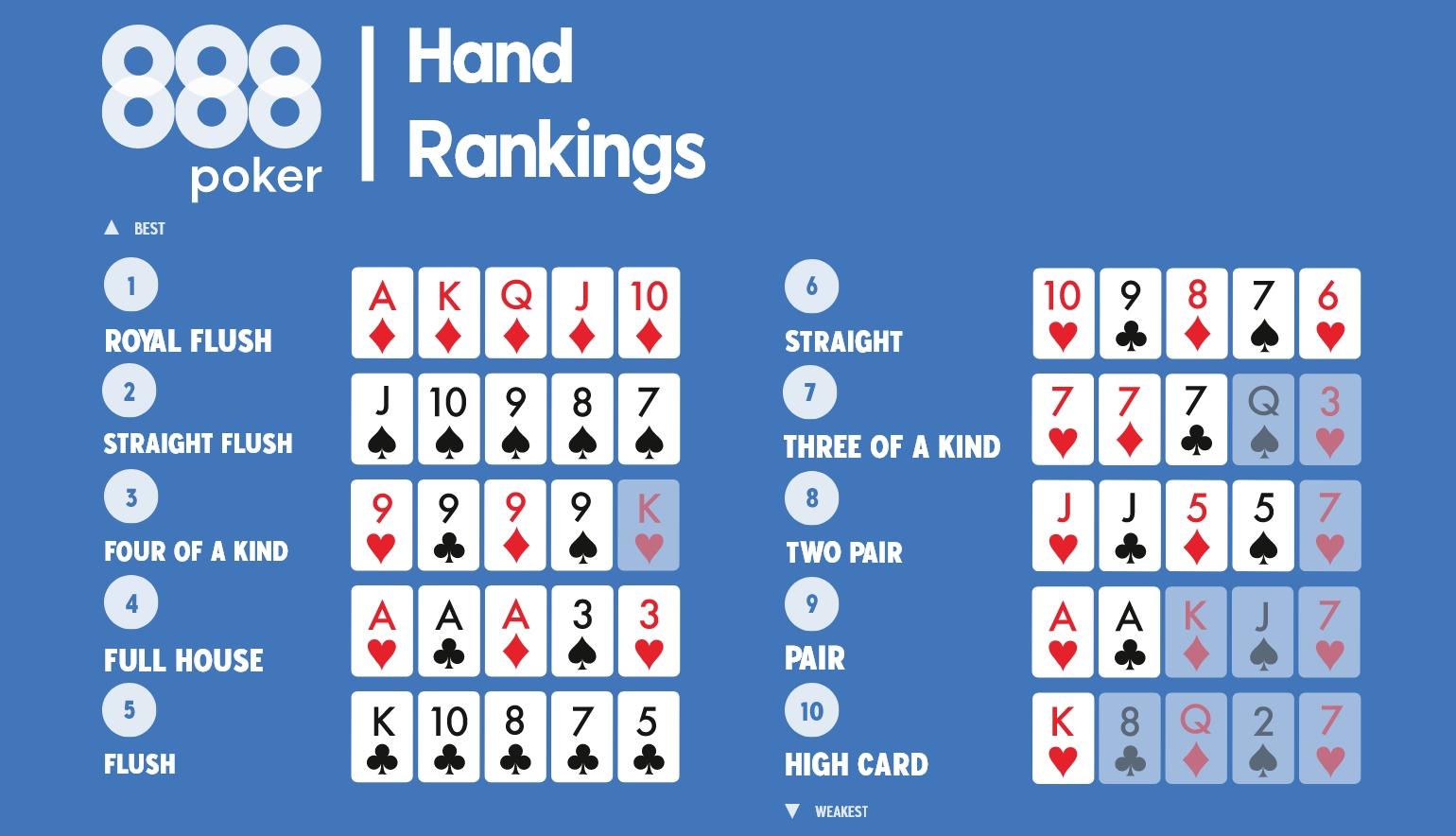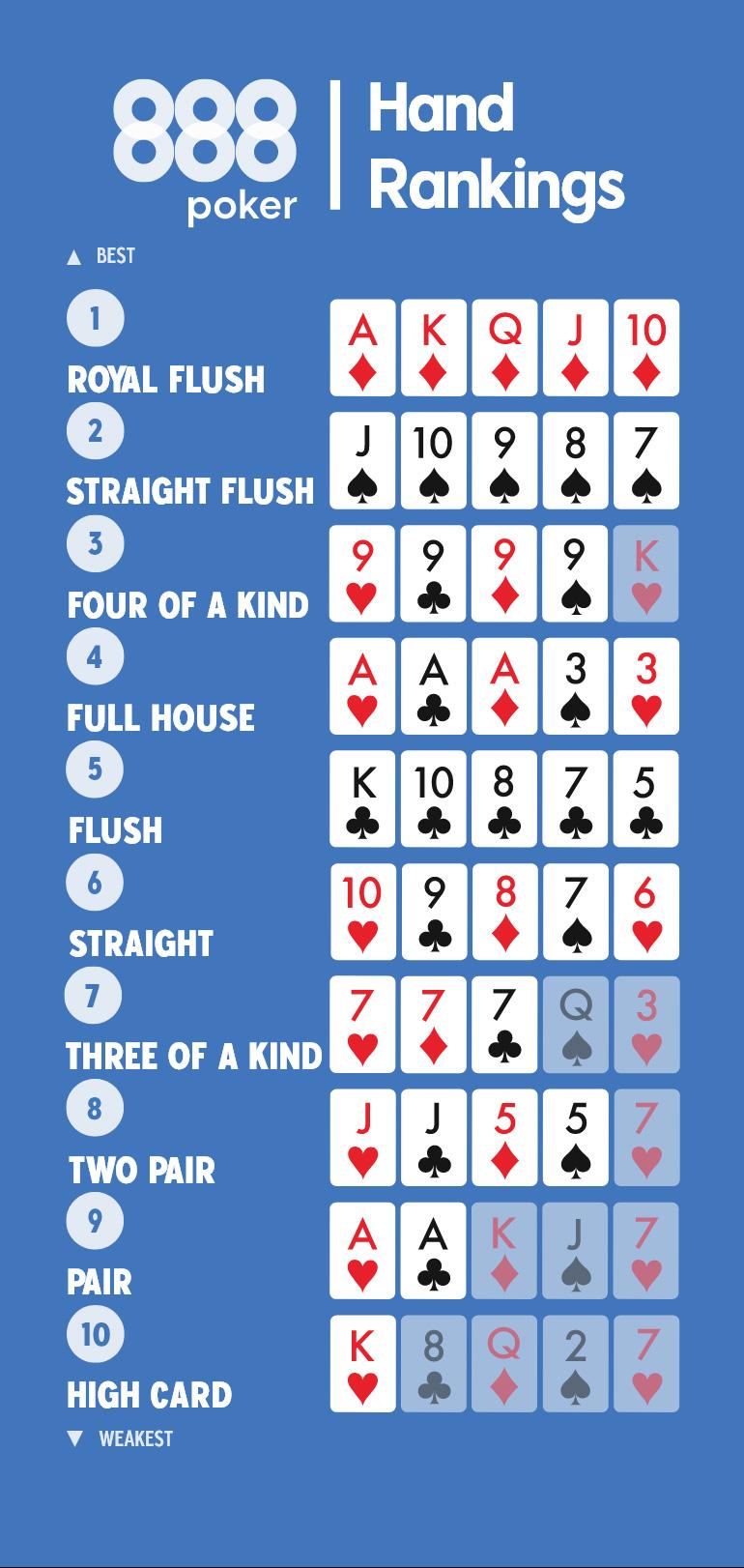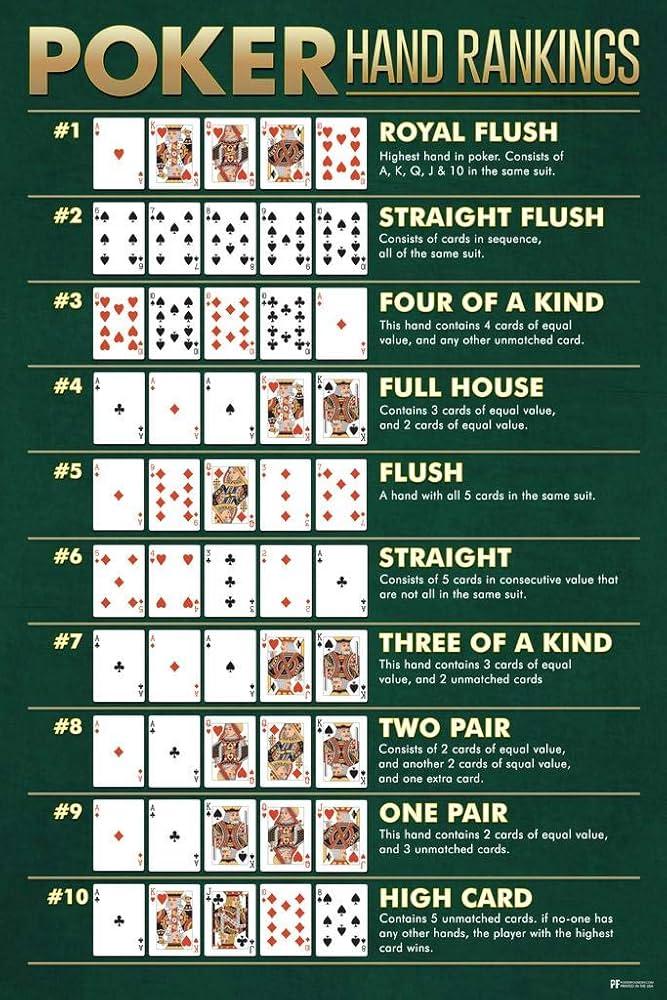Mastering the Deck: Your Guide to Poker Hand Rankings
In the high-stakes world of poker, where fortunes can change with the turn of a card, understanding the art of hand rankings is your key to survival. Whether you’re a novice eager to place your first bet or a seasoned player looking to refine your skills, mastering hand rankings is essential to navigating the complexities of this timeless game. From the thrill of a royal flush to the subtle strength of a full house, each hand tells a story—a tale shaped by strategy, intuition, and a dash of luck. In this guide, we’ll delve into the hierarchy of poker hands, unraveling their significance, and equipping you with the knowledge you need to outsmart your opponents at the table. Get ready to shuffle the deck and embark on a journey into the heart of poker, where every hand counts and every player has a chance to rise to the occasion.
Understanding the Fundamentals: The Hierarchy of Poker Hands
To navigate the world of poker effectively, it’s crucial to grasp the different types of hands that can be formed during a game. Hands are categorized based on their strength, with some winning more consistently than others. The hierarchy of poker hands consists of several distinct combinations, each holding its unique value. Here’s a brief overview of these hands, from the weakest to the strongest:
- High Card: The lowest hand, where no other combinations are made.
- One Pair: Two cards of the same rank.
- Two Pair: Two sets of pairs.
- Three of a Kind: Three cards of the same rank.
- Straight: Five cards in consecutive order.
- Flush: Five cards of the same suit.
- Full House: A combination of three of a kind and a pair.
- Four of a Kind: Four cards of the same rank.
- Straight Flush: Five consecutive cards of the same suit.
- Royal Flush: The highest hand possible, consisting of A, K, Q, J, and 10 of the same suit.
Understanding this hierarchy not only enhances your ability to play but also improves your strategy during competitive situations at the table. Each hand carries its own complexities, and knowing how they compare can be the difference between victory and defeat. Here’s a simplified table highlighting the poker hands:
| Hand | Description |
|---|---|
| High Card | No combination, just the highest card. |
| One Pair | Two cards of the same rank. |
| Two Pair | Two different pairs. |
| Three of a Kind | Three cards of the same rank. |
| Straight | Five consecutive cards. |
| Flush | Five cards of the same suit. |
| Full House | A set of three plus a pair. |
| Four of a Kind | Four cards of the same rank. |
| Straight Flush | Five consecutive cards of the same suit. |
| Royal Flush | A, K, Q, J, 10 of the same suit. |

Decoding the Details: Recognizing Hand Combinations and Their Strengths
Understanding hand combinations in poker is essential for developing a winning strategy at the table. While individual cards hold importance, the synergy between them often determines your chances of success. Begin by familiarizing yourself with common pairs, suited connectors, and high cards that can transition into stronger hands. A few key combinations to recognize include:
- Pocket Pairs: Starting with two cards of the same rank can lead to powerful three-of-a-kinds or four-of-a-kinds on the board.
- Suited Connectors: Cards that are sequential and of the same suit can create flushes or straights, increasing their overall strength.
- Ace-King (Big Slick): One of the strongest starting hands, it has high potential for both pairs and straights.
On the opposite side of the spectrum, recognizing weaker combinations is just as vital for making informed decisions. Hands like off-suit cards or low cards may seem tempting but can often lead to unfavorable outcomes. Pay attention to combinations that are often referred to as less favorable, such as:
- Low Off-Suit Hands: Non-consecutive and of different suits generally do not hold much value unless you are in a very advantageous position.
- Unpaired Cards: While some unpaired hands can play out, they typically do not provide enough strength compared to connected or suited combinations.
To sum up the hierarchy of strength in poker combinations, consider this simple table that exemplifies the relative durability of these hands:
| Hand Type | Strength Ranking |
|---|---|
| Pocket Tens or Higher | High |
| Suited Connectors | Moderate to High |
| Off-Suit Low Cards | Low |

Strategies for Success: Leveraging Hand Rankings in Gameplay
Understanding hand rankings is crucial for optimizing your gameplay and outmaneuvering opponents. One effective strategy is playing tight and aggressive. By selecting strong hands while also applying pressure, you can force opponents to make mistakes. Focus on positioning as well; being in a late position allows you to gather information on other players’ actions before you make your move. This can significantly improve your decision-making process, helping to determine when to bet, raise, or fold.
Another key element is observing your opponents’ behaviors and tendencies. Keeping track of how they react to different hand strengths can provide insights. You can use a simple table to categorize their play styles:
| Play Style | Characteristics |
|---|---|
| Aggressive | Frequently bets and raises, putting pressure on opponents. |
| Passive | Often calls rather than bets, allowing others to dictate action. |
| Tight | Plays fewer hands but is selective with strong cards. |
| Loose | Incorporates a wider range of hands, making them unpredictable. |
By categorizing your opponents, you can tailor your strategy accordingly, whether you choose to bluff against a passive player or challenge an aggressive one. This nuanced approach will not only enhance your understanding of the game but also bolster your ability to capitalize on the hand rankings effectively.

Common Misconceptions: Debunking Myths Around Poker Hand Strengths
One of the pervasive myths surrounding poker is the belief that high card hands are more valuable than they actually are. Many players assume that having a strong high card automatically gives them an advantage, but in reality, most hands with high cards are beaten by hands with a combination of lower-ranked cards, such as pairs or two pairs. This misconception can lead to misjudgment during gameplay, resulting in players underestimating their opponents who may hold a lower card combination but ultimately have a stronger hand. Understanding that high cards are not as formidable as they appear can enhance a player’s strategy, allowing for more informed decision-making.
Another common misunderstanding is the misconception that a three of a kind is straightforwardly stronger than a straight. While it’s true that three of a kind typically wins against high card hands and pairs, the strength of the hand greatly depends on the community cards and the context of the game. A straight, which consists of five consecutive cards regardless of suits, can often trump lower three of a kind hands, especially if the straight is made with high-ranking cards. Players need to evaluate the overall board and potential hands that may be in play rather than relying solely on the perceived strength of their own hand. Below is a quick reference table highlighting some of this misunderstanding regarding hand rankings:
| Hand Type | Strength Ranking |
|---|---|
| High Card | 1 |
| One Pair | 2 |
| Two Pair | 3 |
| Three of a Kind | 4 |
| Straight | 5 |
In Retrospect
As we conclude our journey through the intricate world of poker hand rankings, it’s clear that mastering these fundamentals is the first step towards becoming a skilled player at the table. Understanding the hierarchy of hands not only enhances your strategic approach but also sharpens your intuition during critical moments of play. Whether you’re a seasoned veteran or just starting with a fresh deck, remember that each hand tells a story, and knowing the power of your cards can significantly influence the plot. So, take these insights with you into your next poker game, and may your hands be ever in your favor. With practice and patience, you’ll find that mastering the deck is not just about luck—it’s about skill, strategy, and the thrill of the game. Happy playing!
